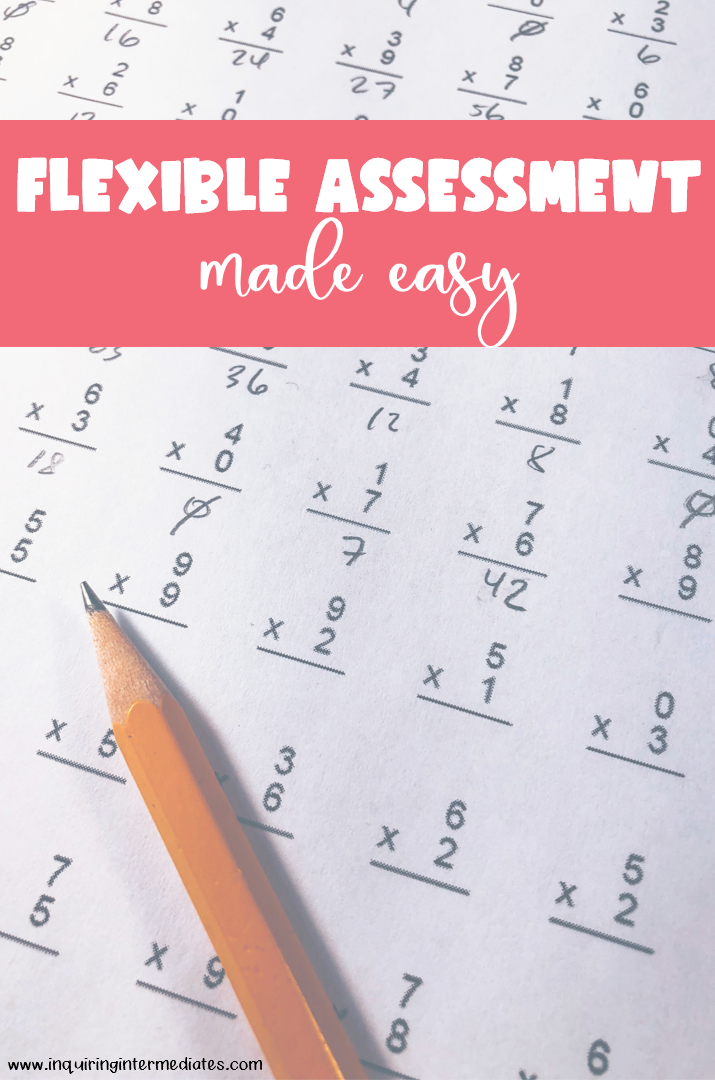As a kid, I actually didn’t mind tests. I was one of those kids that thrived under a time limit, crammed well, and was able to regurgitate information then immediately forget it. Looking back, I can see that my test-taking skills haven’t helped me much in my day-to-day life. When I started teaching, I knew I wanted to avoid tests as much as possible because I wanted a more authentic view of student learning. These four strategies have been my main modes of summative assessment.
Observation
Don’t overlook the power of walking around the room and taking notes! I also like to take pictures of student work with my ipad and store them in OneDrive. I have a folder for each kid, and I title each photo with the date, kind of task, and attempt number. For example, a photograph of a child’s third attempt to complete a multi-digit multiplication question on October 11th might be called – Multi-Digit Multi – 10.11.20 – attempt 3
Conversation
Pulling students aside for a quick conversation can be an incredibly effective way of learning what they understand. You can ask them a question like – “Tell me what you know about body systems” or “How does our government work?” You can also ask them to walk you through a real-world math problem orally. Make sure you take notes on what they say so you can refer to them later! I like to store these notes in those OneDrive folders too.
Brain Dumps
This is an idea I got from my sponsor teacher when I was student teaching, and I love it! A brain dump is essentially the written version of what I described about. Kids know the question ahead of time, often from the beginning of the unit. They sit down with some lined paper and tell me everything they think is important about a particular topic. For example, one of my social studies brain dumps last year consisted of just this question: “What do you know about pipelines in B.C.?” I’ve also asked kids to write as much in French as they can – full sentences and illustrated/translated words. These brain dumps are a great low floor/high ceiling assessment and they give the quieter kids a better shot at showing their understanding.
“Show Me When You’re Ready” Tests
Sometimes, I like to tell my students to let me know when they feel like they’ve mastered a particular math concept. When they feel ready, we sit down and they do a ‘test’… which is really just a few questions on a whiteboard pocket that I photograph and save in my OneDrive folder. If a student isn’t able to show mastery at that time, we work through their mistakes, and I either let them decide when to try again or I work with them some more and set a timeline for when we will revisit it.

